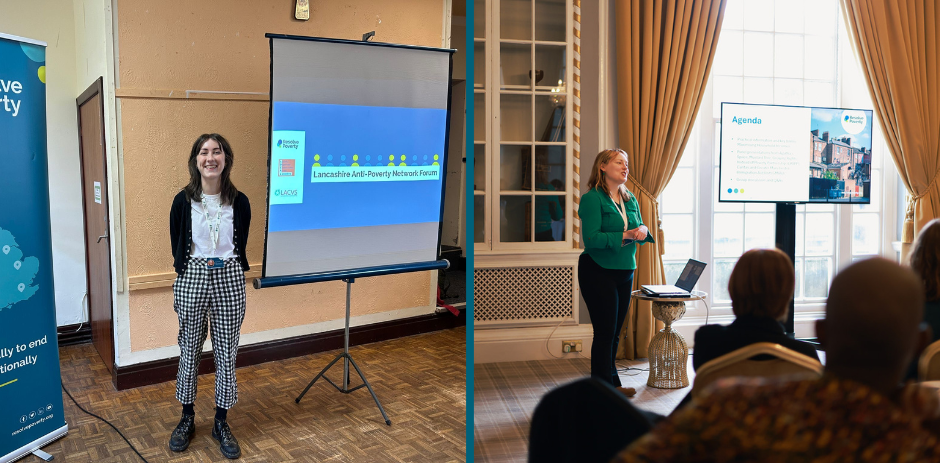By Taha Bokhari, Lead Analyst at the Joseph Rowntree Foundation
Poverty in the UK is still unacceptably high. The Joseph Rowntree Foundation’s (JRF’s) latest UK Poverty report has found that over 1 in 5 people in the UK (21%) are in poverty.
This means 14.3 million people are experiencing poverty. Of these:
- 8.1 million are working-age adults
- 4.3 million are children
- 1.9 million are pensioners.
Put another way, around 2 in every 10 adults are in poverty in the UK, with about 3 in every 10 children being in poverty. This is shameful in a country as wealthy as ours. Worryingly, it has been almost 20 years and six prime ministers since the last prolonged period of falling poverty.
Our research has also found that economic growth on its own won’t reduce poverty. Alongside this year’s UK Poverty report we conducted modelling using scenarios based on central forecasts by the Office for Budget Responsibility (OBR). Even if the UK economy grows significantly more than expected, poverty is likely to remain well above 14 million throughout the remainder of the 2020s. Child poverty rates show little change and could even rise slightly due to faster income growth for middle- and high-income families compared to low-income families.
Poverty varies by geography
In the latest data, the average poverty rates in England (22%), Wales (21%) and Scotland (21%) had converged to around the same level, although poverty rates were much lower in Northern Ireland at 17%.
These variations in poverty rates across the different nations of the UK are caused by differences in labour markets, housing markets and rates of benefit receipt, alongside wider demographic factors (such as age, family types and sizes). The greater reliance on renting and the higher costs of housing generally are a significant factor in larger cities. Lower rates of employment, fewer employment opportunities and a greater concentration of employment in lower-paid roles and sectors are more significant across many post-industrial and coastal areas.
Social security policies are set to make a difference to child poverty rates in Scotland
Child poverty rates in Scotland (24%) remain much lower than those in England (30%) and Wales (29%) and are slightly higher than in Northern Ireland (23%). In previous years, differences in child poverty rates across the UK nations were driven by lower average housing costs in Scotland and Northern Ireland.
However, JRF’s latest analysis looking at changes in child poverty between 2025 and 2029 by country using central OBR assumptions shows a similar reduction in poverty levels before housing costs are taken into account for children in Scotland compared to the rest of the UK. This strongly suggests that welfare policies, such as the Scottish Child Payment and mitigating the two-child limit from 2026, which boost the incomes of the parents of who receive them, are behind Scotland bucking the trend of rising child poverty rates elsewhere in the UK.
High rates of child poverty aren’t inevitable
Growing up in poverty can lead to poor health and educational attainment. We can’t expect children to be ready for school or able to learn if they’re going without the basics.
But, currently, our social security system doesn’t reflect the cost of life’s essentials or the reality that some families have higher costs or need to make one income stretch further, including larger families and lone parent families.
These families are disproportionately impacted by specific welfare policies such as the two-child limit and the benefit cap.
The UK Government’s upcoming child poverty strategy must abolish the two-child limit and introduce a protected minimum amount of support below Universal Credit’s current basic rate. This would restrict the amount that benefit payments can be reduced by the benefit cap. This would also represent a first step towards an Essentials Guarantee in Universal Credit, ensuring that everyone can afford essentials like food and household bills.
Without bold, direct action there will be no progress on poverty even with strong economic growth. Any respectable child poverty strategy must include action on social security if we’re to protect more children from the harm of growing up in poverty.
——————————————————————-
This article is featured in our 19 February newsletter.
Want to hear about the latest poverty research, stories and events?
Stay on top of what you need to know. Sign up to our newsletter and join our powerful network of 3.9k+ professionals, volunteers and individuals actively engaged in tackling poverty across the UK.







